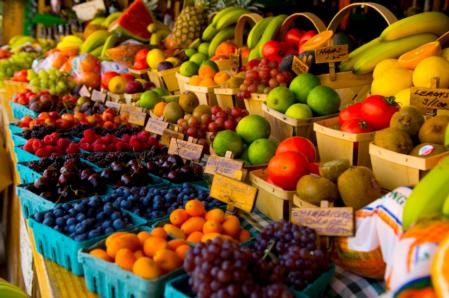- blueberries
- apples
- cherries
- melons
- grapefruit
- avocados
- broccoli
- carrots

The process involves bee keepers tending to the needs of their bees. These bee hives are then rented out to farmers to use bee pollination to fertilise crops and grow food for the world. These little bees contribute $15-20 billion dollars worth of crops each year to our economy, with their value being approximately $200 billion dollars.

There are afew reasons as to why experts believe the bee population is declining so quickly. Colony collapse disorder is the main reason, this is due to the rise in pesticides worldwide, affecting the bees and killing them due to the toxins and chemicals. Other possible reasons for bee decline is malnutrition (from lack of variety of crops to feed on), toxins from genetically modified crops and climate change.
Some results of bees going extinct:
- food prices would rise
- farming would decline dramatically
- the agricultral industry would collapse
- have a small variety of fresh food limited to corn, bananas and pineapples
- not have cotton to make clothing or coffee beans for our favourite beverages
- it would be a pretty boring and unnutritious world to live in

<Image from: http://earthobservatory.nasa.gov/Features/Bees/bees3.php>
So, it is important to bring awareness to this important issue as we cannot live without bees. Some solutions are to minimise use of pesticides on plants and crops, plant our own vegies, fruits and flowers to encourage bees in our own backyards and even write to our government bodies in support of researching bees.
Until next time,
Keep loving the green life
